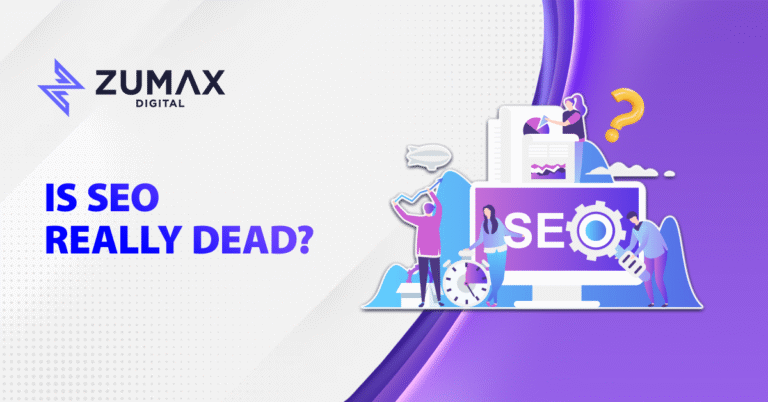
Seven marketing strategies worthy of reference!
In business, a marketing strategy describes how a company intends to reach and convert potential customers into paying customers for its goods and services. A company’s value proposition, core brand message, demographic data on target customers, and other high-level aspects are all part of a marketing plan.
1. Emotional Marketing Strategy
Emotional marketing is the process of incorporating consumers’ individual emotional differences and needs into the corporate brand marketing strategy and achieving the enterprise’s business goals through strategies such as emotional packaging, emotional promotion, emotional advertising, emotional word-of-mouth, and emotional design.

2. Experiential Marketing Strategy
Generally, the experience is triggered by direct observation or involvement in the event, independent of its reality or virtuality. The experience will incorporate perceptual elements such as the customer’s senses, feelings, and emotions, as well as logical elements such as knowledge, intellect, and reasoning, in addition to certain physical activities.
The language will represent the experience’s fundamental facts, such as the verbs that describe the experience: like, admire, despise, deplore, etc., and the adjectives that characterise the experience: cute, sexy, thrilling, cool, etc.

3. Placement Marketing Strategy
Implantation marketing is the term used to describe the strategic integration of products or brands, their corresponding visual symbols, and even service content, within the different material of films, television series, or television shows. The audience may inadvertently leave behind through the replication of scenes. Create positive perceptions of the product and brand, and then accomplish the goal of product marketing.

4. Word of mouth Marketing Strategy
The term “word-of-mouth marketing” refers to businesses’ attempts to allow people to disseminate information about their products and brands via communication with family and friends. This marketing technique has a high percentage of success and a high level of credibility.
When viewed through the lens of corporate marketing, word-of-mouth marketing is a market in which businesses use a variety of effective methods to encourage corporate customers to discuss and exchange their products, services, and overall image of the company, as well as to encourage customers to introduce and recommend the company to their friends and family.
5. Hunger Marketing Strategy
The hunger marketing strategy refers to commodities producers’ desire to reduce output in order to fulfil the goal of controlling supply and demand, producing a “false image” of excess supply, and maintaining higher prices and profit margins. Hunger marketing’s objective is to enhance the selling price of the terminal by changing the amount at both ends of the supply and demand curves.
It demonstrates how straightforward the functioning of hunger marketing is. Establish a well-received surprise pricing to attract potential customers, and then restrict supply, resulting in a hypothetical hot sale that surpasses supply, therefore raising the price and profit margins.

6. Membership Marketing Strategy
Membership marketing is a type of marketing that is focused on the management of memberships. Merchants convert regular consumers into members, evaluate member consumption data, calculate a customer’s lifetime consumption value by leveraging the customer’s subsequent consumption power, and transmit the customer’s value via customer referrals.
7. Intimidation Marketing Strategy
Intimidation marketing is a type of marketing in which marketers warn target customers about actual or possible risks and hazards by advertising, marketers, and other means in order to sell their own products.





